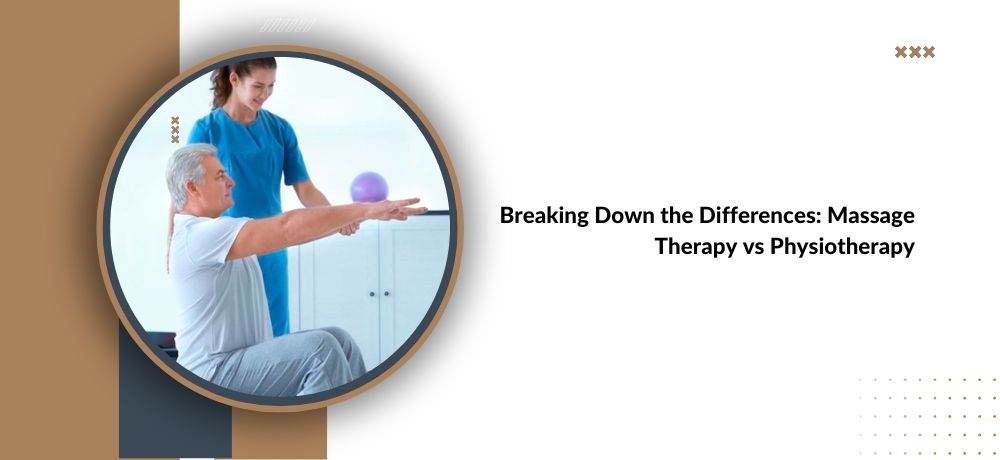Physical health is crucial to living a fulfilling life, and nurturing our body is pivotal to maintaining it. Two popular approaches to improving physical health are massage therapy and physiotherapy. While both of these methods have the same goal of improving physical health, there are significant differences between them. As a leading healthcare provider in Canada, Houle Healthcare is here to help you understand the differences between massage therapy and physiotherapy.

Blog by Houle Healthcare
-
Breaking Down the Differences: Massage Therapy vs Physiotherapy

CLICK HERE TO READ THE FULL ARTICLE »
-
Revitalize Your Body: The Benefits of Massage Therapy and Physiotherapy for Physical Health

Massage therapy and physiotherapy are; two of the most common practices for maintaining physical health. While massage therapy uses a hands-on approach to manipulate muscles and soft tissues for relaxation and pain relief, physiotherapy takes a more active approach through exercises and stretches to improve mobility and strength. Both practices have been shown to; improve circulation, reduce stress levels, and promote overall well-being. Whether you prefer the soothing touch of a massage or the challenge of a good workout, incorporating massage therapy and physiotherapy into your wellness routine can help you achieve optimal physical health and enjoy the benefits of a happy, healthy body.
CLICK HERE TO READ THE FULL ARTICLE »
-
Is Physiotherapy covered by OHIP?

We want to help!
We want to be your resource for the most up-to-date information regarding your health in Ontario. Here is our guide to OHIP coverage for physiotherapy treatments in Ontario.
What is OHIP?
The Ontario Health Insurance Plan (OHIP) is only available at a number of clinics throughout the province. This means that they are operated by public hospitals, Local Health Integration Networks (LHIN), Family health Teams or Community Hospitals and must meet certain standards in order for patients to receive their services without paying out of pocket expenses.
CLICK HERE TO READ THE FULL ARTICLE »


